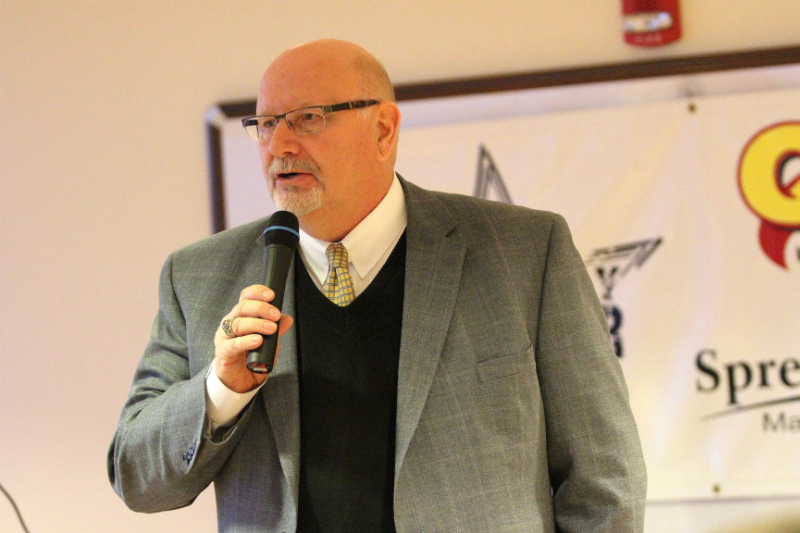By Jim Spreng
Spreng Capital Management
The Federal Reserve Board raised interest rates by 0.25% last week. This was the first increase in interest rates since they were cut 9 years ago at the beginning of the mortgage crisis.
The increase in rates is not unexpected as the national unemployment rate has dropped to 5% and the number of new jobs added per month has consistently averaged right around 200,000. There continues to be concern among economists that raising rates now might lead to a slow-down of the fragile US economy.
The US economy appears to be of two minds right now. The service sector is humming along quite nicely but the jobs in the service sector tend to be lower paying jobs with fewer benefits and perks. The manufacturing base has suffered due to layoffs in the oil and steel sector and a return of less than stellar prices for raw agricultural commodities.
 We don’t know about you but we prefer solid, blue collar jobs that make something tangible instead of baristas selling overpriced Starbucks coffee to millennials who are still living at home in their parents’ basement.
We don’t know about you but we prefer solid, blue collar jobs that make something tangible instead of baristas selling overpriced Starbucks coffee to millennials who are still living at home in their parents’ basement.
The “playbook” that the Federal Reserve used to restore the economy to health was right out of the Great Depression and Franklin Delano Roosevelt. FDR poured billions of dollars into public works projects, soup kitchens and job programs trying to stimulate the economy with Federal tax dollars sloshing around in the economy and eventually finding their way into individuals and families pockets.
Unfortunately, the Federal Reserve raised interest rates in 1937, thinking that the worst of the Great Depression was over. They were wrong. The economy contracted again and millions lost their jobs again as the struggling economy was just not capable of absorbing the higher costs associated with the increase in interest rates.
This is the fear today, that the Federal Reserve acted too quickly in starting to raise interest rates back to a more normal equilibrium. If the manufacturing base is already in a recession, was it wise to raise rates? Only time will tell. At the very least, we think that the Fed will not raise rates again for quite some time until they are able to determine the effects on the economy from this very tiny increase.


